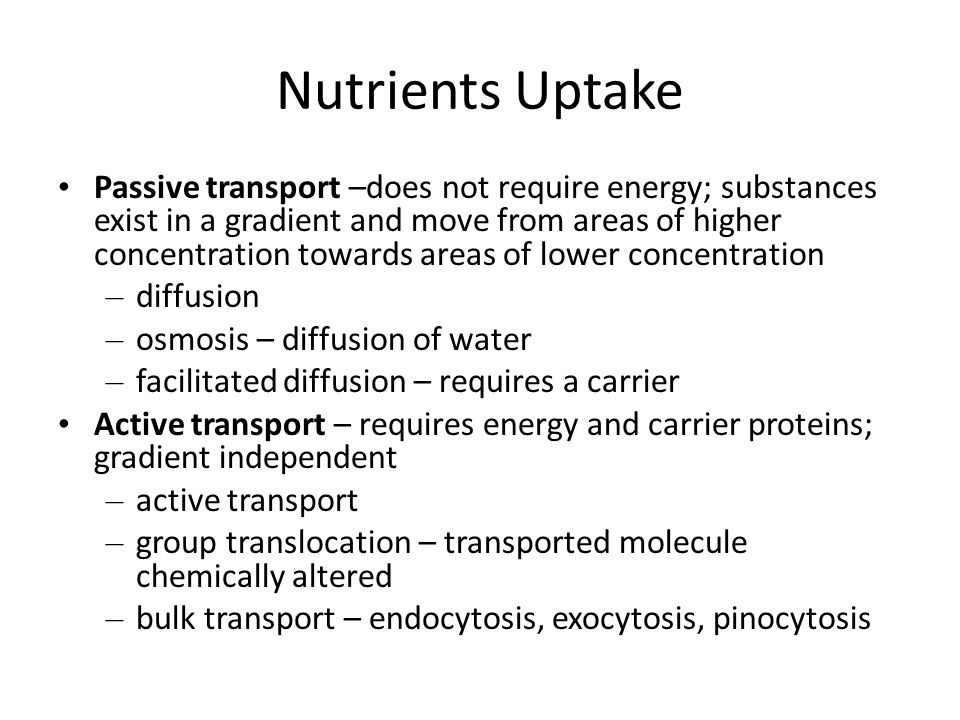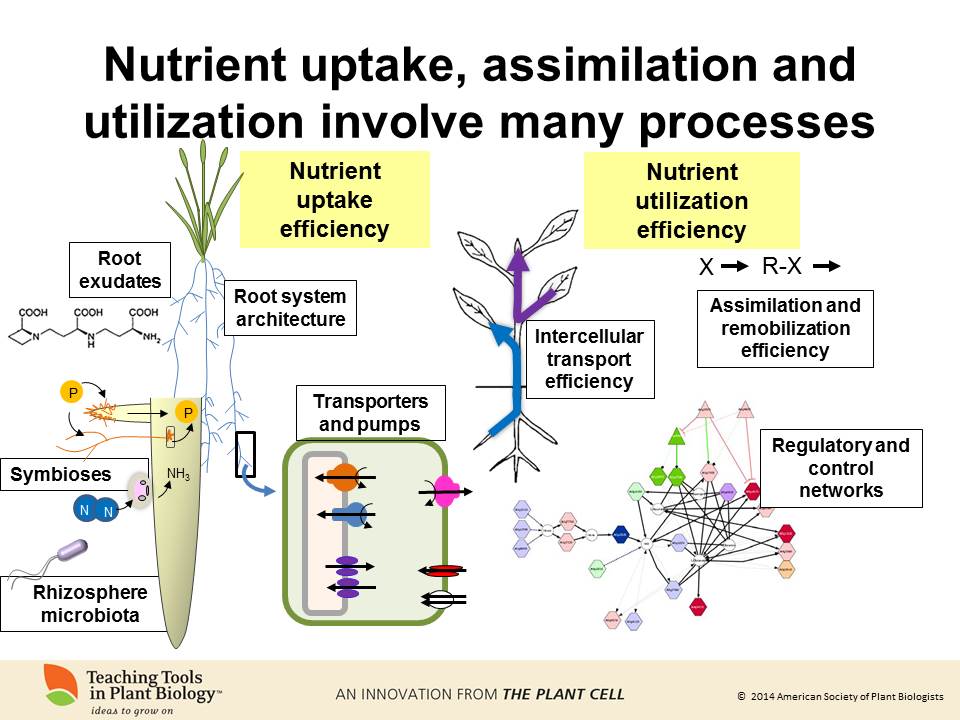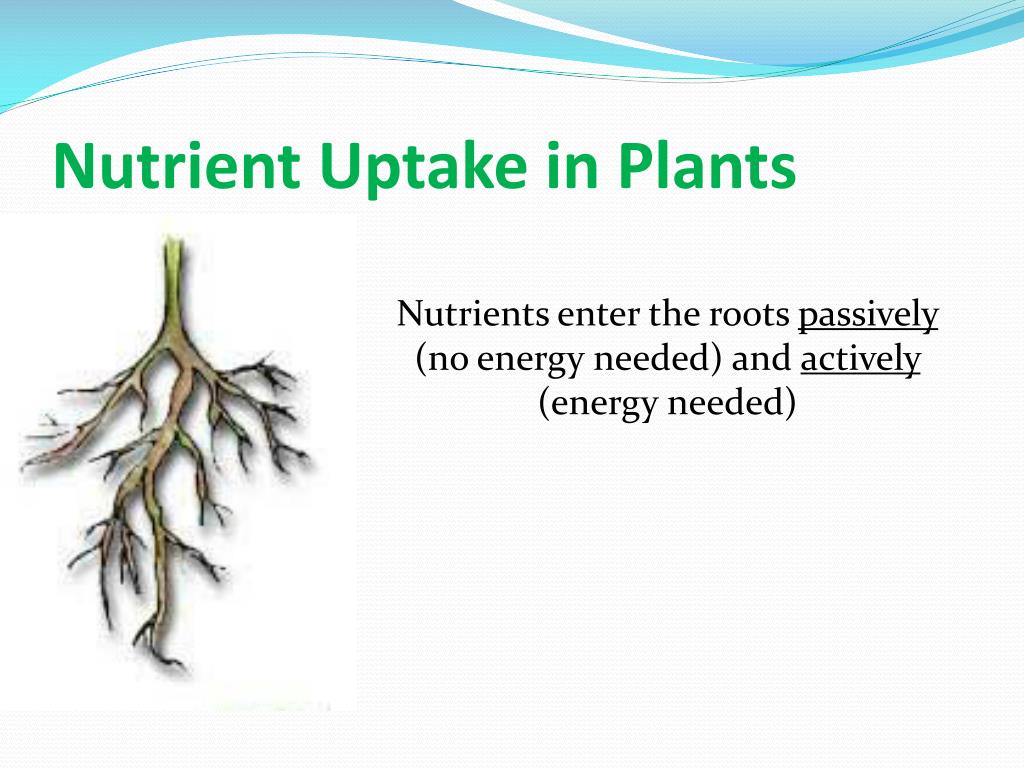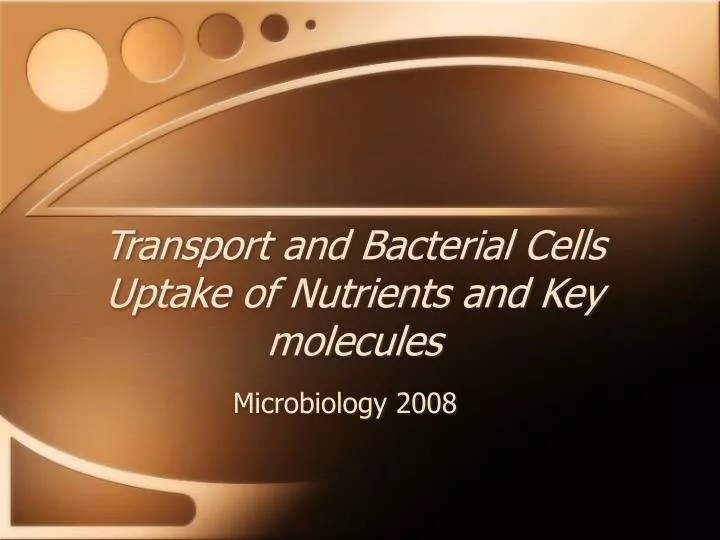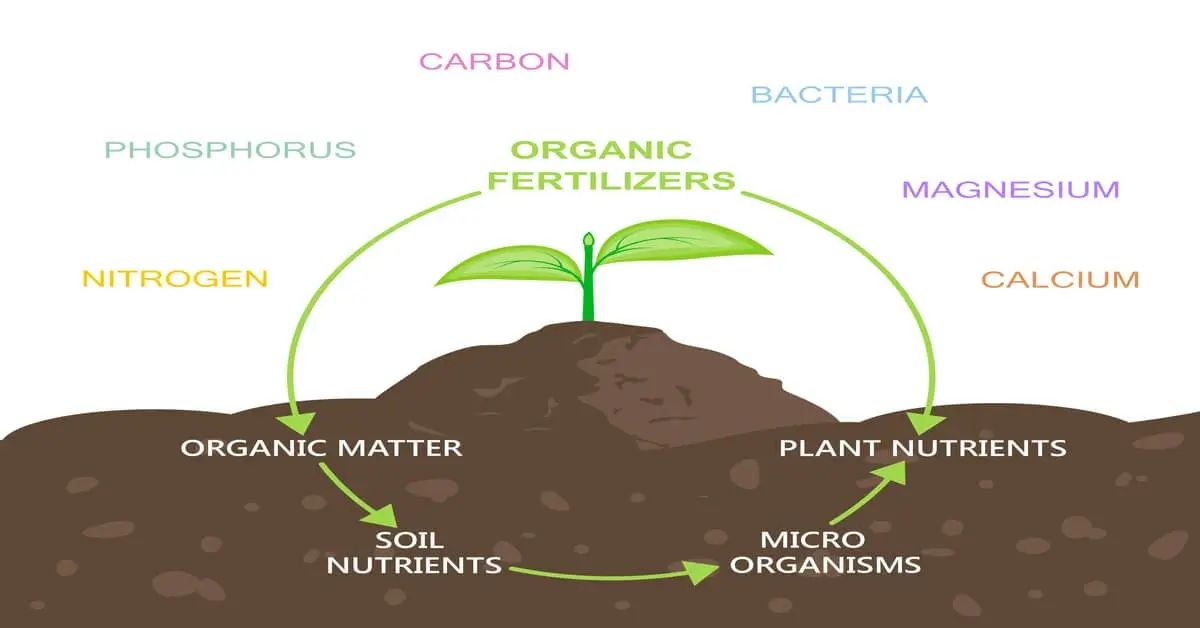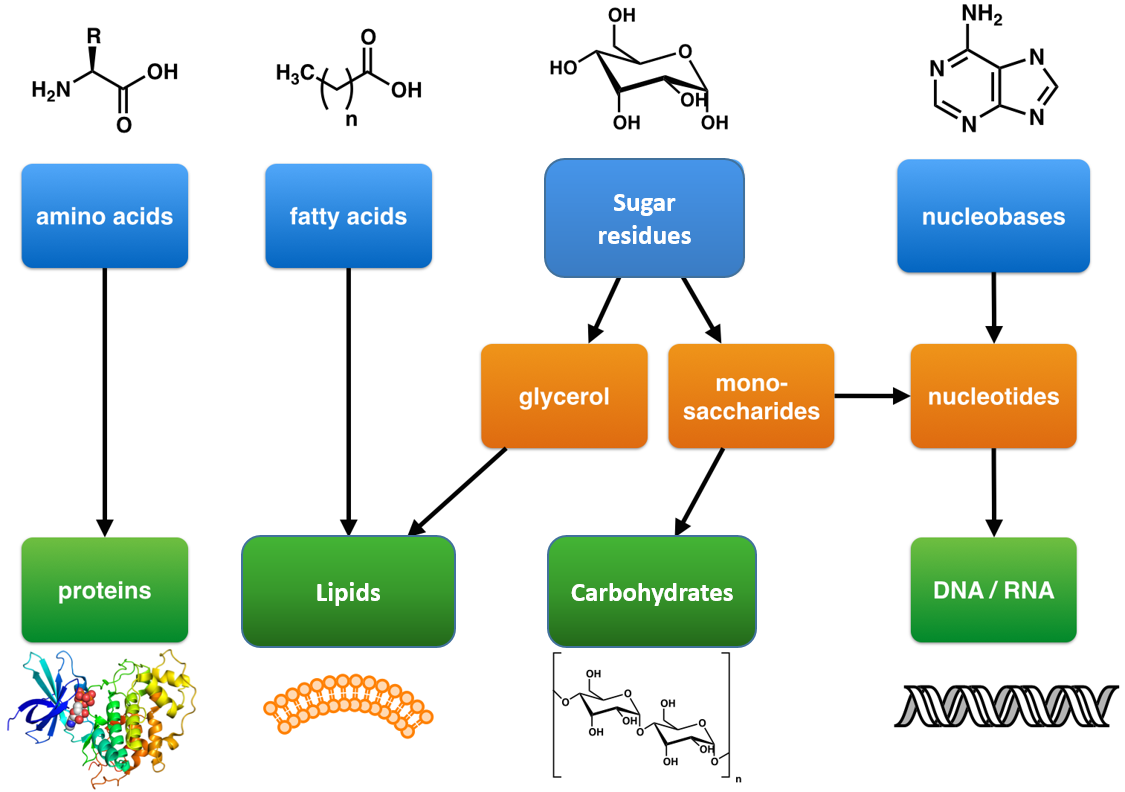The Uptake Of Nutrient Molecules Is Known As
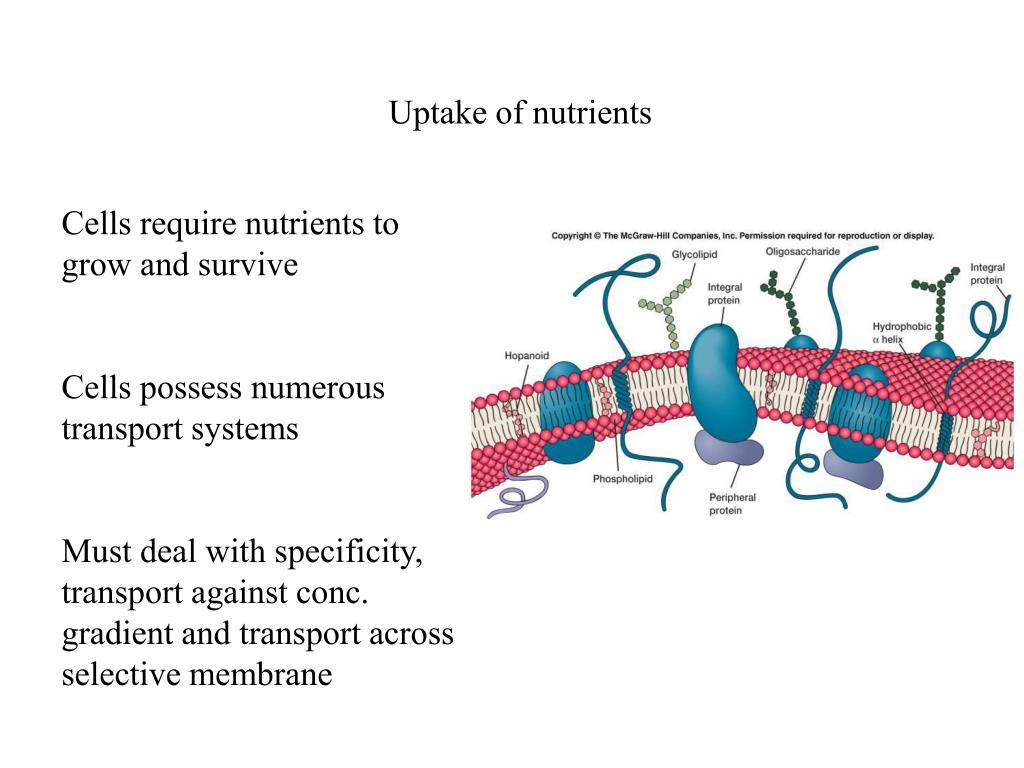
The very foundation of human life, and indeed all biological existence, rests upon a process so fundamental it's often taken for granted: the assimilation of nutrients. From the smallest microorganism to the largest mammal, the ability to draw sustenance from the environment is paramount. Yet, the intricacies of this process, often simply termed nutrient uptake, are increasingly under scrutiny as scientists grapple with issues ranging from global food security to personalized medicine.
At its core, nutrient uptake, also known as absorption or assimilation, encompasses the mechanisms by which living organisms acquire essential molecules – carbohydrates, proteins, fats, vitamins, and minerals – from their surroundings for growth, maintenance, and overall function. Understanding the complexities of nutrient uptake is crucial, not only for optimizing agricultural practices and addressing malnutrition, but also for developing targeted therapies for various diseases. This article delves into the science of nutrient uptake, exploring its mechanisms, its significance, and the ongoing research shaping our understanding of this vital process.
Mechanisms of Nutrient Uptake
The processes by which different organisms uptake nutrients vary widely depending on their structure and environment. In single-celled organisms like bacteria and yeast, nutrient uptake often occurs directly through the cell membrane via various transport mechanisms.
These mechanisms include passive diffusion, facilitated diffusion, active transport, and endocytosis. Passive diffusion allows small, nonpolar molecules to move across the membrane down their concentration gradient, requiring no energy input.
Facilitated diffusion uses membrane proteins to assist larger or polar molecules across the membrane, also down the concentration gradient. Active transport, on the other hand, requires energy (usually in the form of ATP) to move molecules against their concentration gradient.
Endocytosis involves the engulfment of extracellular material by the cell membrane, forming vesicles that transport the material into the cell.
Nutrient Uptake in Plants
Plants, being sessile organisms, rely heavily on their roots to absorb water and mineral nutrients from the soil. Root hairs, tiny extensions of root epidermal cells, significantly increase the surface area for absorption.
Nutrients are absorbed as ions dissolved in water, and their uptake is facilitated by specialized transport proteins in the root cell membranes. The process is highly regulated, with plants selectively absorbing essential nutrients based on their needs.
Mycorrhizal fungi, symbiotic partners with plant roots, further enhance nutrient uptake. These fungi extend their hyphae into the soil, effectively increasing the plant's root surface area and allowing access to nutrients beyond the reach of the roots alone. This is particularly important for the uptake of phosphorus, a relatively immobile nutrient in soil.
Nutrient Uptake in Animals
Animals have evolved complex digestive systems to break down food into smaller molecules that can be absorbed. The process begins in the mouth with mechanical and chemical digestion, continues in the stomach, and culminates in the small intestine, the primary site of nutrient absorption.
The small intestine is lined with villi and microvilli, which greatly increase its surface area for absorption. Specialized cells called enterocytes line the villi and possess various transport proteins to facilitate the uptake of different nutrients.
Carbohydrates are broken down into simple sugars like glucose, which are then absorbed into the bloodstream. Proteins are broken down into amino acids, which are also absorbed into the bloodstream. Fats are emulsified by bile salts and then broken down into fatty acids and glycerol, which are absorbed into the lymphatic system before entering the bloodstream.
Factors Affecting Nutrient Uptake
Numerous factors can influence the efficiency of nutrient uptake. These include the availability of nutrients in the environment, the presence of other substances that can interfere with absorption, and the physiological state of the organism.
Soil pH plays a crucial role in nutrient availability for plants. Extreme pH levels can render certain nutrients insoluble, preventing their uptake. Similarly, the presence of heavy metals or other pollutants can inhibit nutrient absorption or even compete with essential nutrients for uptake sites.
In animals, factors like age, health status, and gut microbiome composition can significantly impact nutrient uptake. For instance, individuals with digestive disorders may have impaired nutrient absorption, leading to deficiencies.
The gut microbiome, a complex community of microorganisms residing in the digestive tract, plays a critical role in nutrient processing and uptake. Certain bacteria can produce enzymes that break down complex carbohydrates, making them available for absorption. Others can synthesize vitamins that the host organism cannot produce itself.
The Significance of Nutrient Uptake
Efficient nutrient uptake is essential for maintaining health and preventing disease. Deficiencies in essential nutrients can lead to a wide range of health problems, including stunted growth, weakened immune systems, and cognitive impairments.
Furthermore, understanding nutrient uptake mechanisms is crucial for developing effective strategies to address malnutrition, a global challenge affecting millions of people worldwide. Fortification of foods with essential nutrients, development of biofortified crops with enhanced nutrient content, and promotion of dietary diversity are all important approaches to combat malnutrition.
The pharmaceutical industry also relies on knowledge of nutrient uptake mechanisms to design drugs that can be effectively absorbed by the body. Understanding how drugs are transported across cell membranes is crucial for optimizing their bioavailability and efficacy.
Future Directions
Research on nutrient uptake continues to advance, driven by the need to address global challenges such as food security and human health. Scientists are exploring new ways to enhance nutrient uptake in plants, including genetic engineering and nanotechnology.
Furthermore, there is growing interest in understanding the role of the gut microbiome in nutrient uptake and how it can be manipulated to improve human health. Personalized nutrition, tailoring dietary recommendations to an individual's unique genetic makeup and microbiome composition, is an emerging field with the potential to optimize nutrient uptake and prevent disease.
Ongoing research promises to unravel even more intricacies of this fundamental biological process. This will pave the way for innovative solutions to improve human and planetary well-being. As our understanding deepens, we are becoming better equipped to harness the power of nutrient uptake for a healthier future.



